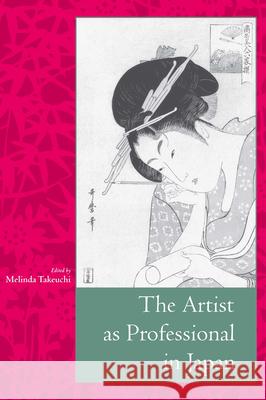The Artist as Professional in Japan » książka
The Artist as Professional in Japan
ISBN-13: 9780804743556 / Angielski / Twarda / 2004 / 280 str.
Through individual case studies involving the professions of sculptor, painter, potter, printmaker, and architect, this book addresses the question about what it meant to be an artist in Japan from the seventh century to the twentieth. How did artists go about their business? What degree of control did they exercise over their metier? How were they viewed by society? How was the image of the artist fashioned in various periods? Throughout much of Japan's past, artists' thoughts about their activities have remained unrecorded. Some of the essays in this volume reveal how the machine of political discourse worked to invent different views of the same artist over time. Others explore cases of later artists manipulating the names of earlier ones for professional or cultural gain, while still other essays reconstruct some of the forces brought to bear on artistic reception by the makers' contemporaries. The activities of artists whose stories are told here required the collaboration of numerous skilled colleagues, often deployed in the hierarchical structure of the hereditary workshop; they had to fight hard to gain social and economic recognition. The book also addresses issues of canon formation: by what complex process are some artists and objects singled out to communicate rhetorical or aesthetic meaning while others lapse into the background? Contributors include Karen L. Brock, Louise Allison Cort, Julie Nelson Davis, Christine M. E. Guth, Donald F. McCallum, Jonathan M. Reynolds, and Melinda Takeuchi.











